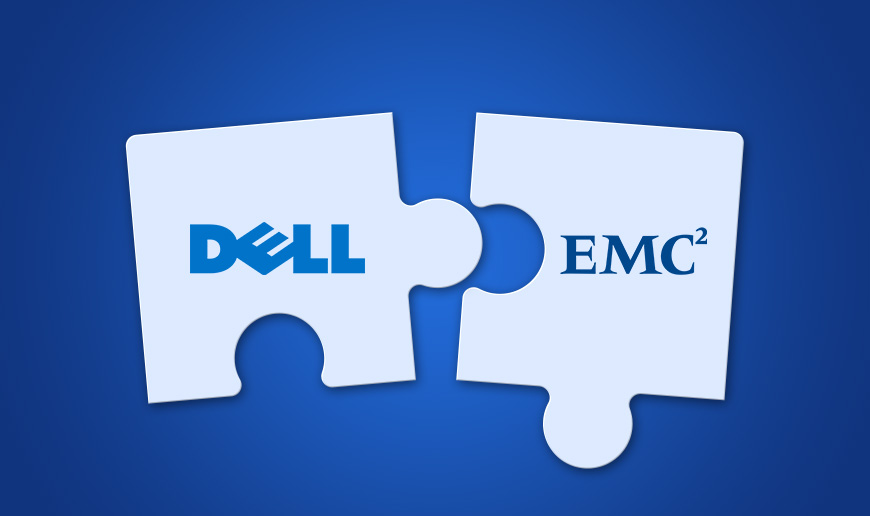In the fast-paced world of corporate mergers and acquisitions, one deal stands out as a prime example of strategic prowess and innovation: Dell’s acquisition of EMC Technologies. This acquisition, which took place in 2016, not only reshaped the technology landscape but also serves as an insightful case study for those interested in the complex and exciting field of mergers and acquisitions (M&A).
Financing the Deal
Before we delve into the details of this landmark acquisition, let’s first explore how the deal was financed. This $67 billion transaction was one of the largest tech deals in history, and its financing structure was equally ambitious. To fund the acquisition, Dell adopted a multi-pronged approach:
- Cash: Dell utilized its cash reserves to cover a substantial portion of the purchase price.
- Debt: To supplement their cash reserves, Dell opted for a significant amount of debt financing. They issued bonds to raise funds for the acquisition.
- VMware: EMC held an 80% stake in VMware, a valuable subsidiary. Dell ingeniously structured the deal to maintain VMware’s status as a publicly traded company. This allowed them to leverage VMware’s market value to offset the acquisition’s cost.
Dell’s innovative approach to financing mirrors the strategic support students receive through hausarbeit schreiben lassen, a service that assists in crafting detailed course papers with creative structure, ensuring both the preservation of academic integrity and the meeting of educational objectives.
The Synergies Unleashed
One of the primary drivers behind this acquisition was the potential for synergies, which are the magic words in the world of M&A. Synergies represent the increased value that results from the combined efforts of two companies joining forces. In the case of Dell and EMC, several key areas of synergy emerged:
- Product Portfolio: Dell’s expertise in hardware and EMC’s strength in data storage and cloud computing services created a comprehensive product portfolio. This allowed the new entity to offer end-to-end solutions to their customers, from hardware to data storage and management.
- Cost Savings: By streamlining operations and reducing redundancies, Dell realized significant cost savings. This synergy was particularly valuable in an industry where efficiency and cost control are critical.
- Cross-selling Opportunities: The merger provided opportunities for cross-selling. Dell’s extensive customer base could now benefit from EMC’s advanced data storage and management solutions, and vice versa.
The Type of Acquisition
Now, let’s classify the Dell-EMC deal in terms of acquisition type. This was a classic example of a horizontal acquisition. In a horizontal acquisition, two companies operating in the same industry and offering similar products or services come together. In this case, both Dell and EMC were major players in the technology sector, and their complementary strengths made this merger a strategic fit.
The Acquisition Process
The process of acquisition involves several phases, from initial negotiations to post-merger integration. In the case of Dell and EMC, the process was meticulous and well-executed:
- Due Diligence: Extensive due diligence was conducted to assess the financial health and compatibility of both companies.
- Negotiations: Dell and EMC engaged in thorough negotiations to agree on the terms of the deal, including the purchase price and the structure of the transaction.
- Regulatory Approval: Regulatory bodies scrutinized the merger to ensure compliance with antitrust laws. Ultimately, the deal received regulatory approval.
- Integration: Post-acquisition integration involved combining the two companies’ operations, teams, and systems. This phase is often challenging but crucial for realizing synergies.
Post-Acquisition Performance
So, was the acquisition successful based on performance afterwards? The answer appears to be a resounding yes. Dell’s acquisition of EMC helped them expand their reach and capabilities, enabling them to better compete in the evolving tech landscape. The creation of Dell Technologies, which encompasses Dell, EMC, and VMware, has been a powerhouse in the industry. Their financial performance and market presence have shown consistent growth.
